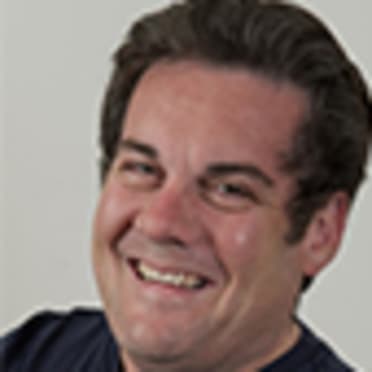'Pen has depth to weather Cordero's loss
White Sox concern is for reliever's recovery from Tommy John surgery
Jimmy Cordero didn’t look quite right when the White Sox right-hander last appeared in a Cactus League game on March 9 against the Padres.
That initial concern was confirmed by subsequent examinations, leading to Cordero having successful Tommy John surgery Thursday in a procedure performed by Dr. James Andrews in Florida. Cordero, 29, proved his durability by appearing in 30 of the team’s 60 games last season, after pitching in 30 with a 2.75 ERA for Chicago in 2019.
But manager Tony La Russa wasn’t as worried about losing a depth option from the White Sox bullpen as he was focused on Cordero getting back to his career.
“I'm glad there's a procedure that can work and he can come back, but then you've got the rehab. Much more concerned about the teammate,” La Russa said during a Friday night Zoom. “It's not something that's a good break for us, but we're ready to deal with it.
“He just has to hang in there because he is a very valuable pitcher. I hope he gets back sooner rather than later.”
Despite Cordero’s past success with the White Sox and a fastball in the high 90s when right, he probably wasn’t going to start the current campaign in the Majors even before the injury. That situation speaks much more about the team’s incredibly deep bullpen than anything Cordero did or didn’t do.
It’s the same situation for a pitcher such as José Ruiz, a one-time catcher who has pitched in parts of three seasons for the White Sox. He seems to be making progress with each campaign, but the right-hander is out of options and doesn’t look to be breaking from Arizona unless the White Sox take nine relievers.
Having too much talent is a good problem for the White Sox bullpen to solve.
“[Ruiz is] looking pretty great lately,” said Evan Marshall, an established part of the White Sox bullpen who has a good feel for his fellow relievers. “He works hard, throws hard, deceptive. He’s plenty good to make 25 other teams, and I think the same goes for guys like Zack Burdi.
“Raw stuff wise, [Burdi’s] as good as anybody as far as making the team. On a team that would be less competitive, they might take him in the big league club anyway and let him figure it out on the Major League level.”
The White Sox are looking to win right now, though, so the development stage has been replaced by World Series title hopes. They brought in Liam Hendriks, quite possibly the best closer in baseball, via free agency, leaving Marshall and Aaron Bummer as the primary setup men.
Bummer, whose fastball is described by Marshall “as a top-five pitch in all of baseball,” easily could have stepped in at closer if the White Sox hadn't brought in Hendriks. And don’t overlook Codi Heuer, who can throw 98 with rise, whereas Bummer is more sink.
“We have a very talented group and I’m very proud to represent them. But they certainly give me crap about not throwing hard enough. They make me feel like I’m a BP pitcher,” Marshall said with a laugh. “The other day when me and Bummer and Heuer threw at Oakland, I hit 95 and I’m kind of puffing my chest out a little bit like, ‘Look at me,’ and Bummer was 97 and Codi was 98. It’s like, I can’t beat that.”
Michael Kopech and Garrett Crochet, two planned future starters who will work as relievers at the season’s outset, can rush it up near 100 as well. Matt Foster and Reynaldo López have the same sort of plus stuff.
So even without southpaw Jace Fry, who is out until May after having an offseason microdiscectomy, and now without Cordero, the White Sox not only have one of the game’s best bullpens but also talented hurlers in reserve. Cordero’s plight unfortunately takes away one of those options.
“I think the last time [Cordero] pitched in a game, you could tell he wasn't himself,” La Russa said. “The velocity wasn't there, the sharpness, the stuff, and that was the reason.
“You know I'm more concerned about Jimmy, his career, Tommy John. The exam [head athletic trainer] James [Kruk] had with him, maybe the strength, the flexibility, whatever it was, it was something he knew was not right, and that led to all the examinations and the decision to do a TJ on it. It was a combination of how he looked and what the doctors, or trainers, could tell was wrong.”
